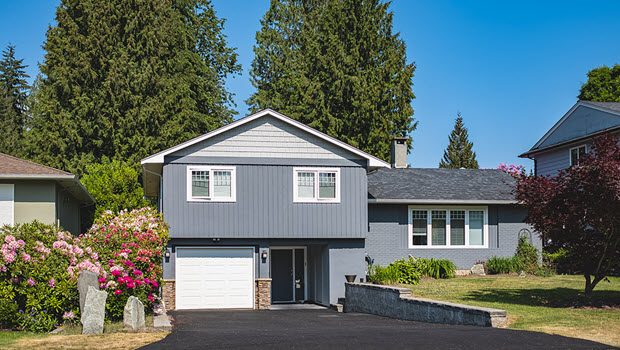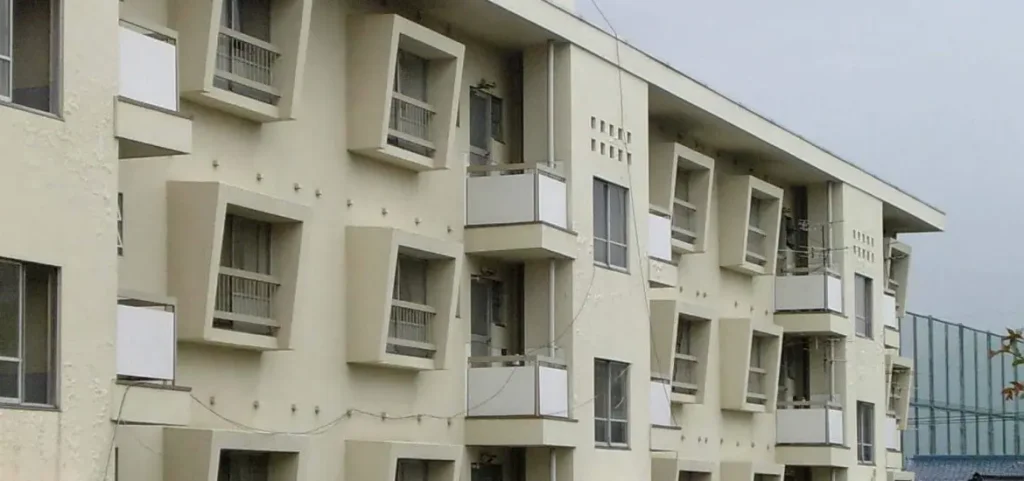In recent years, some communities have started implementing teacher residence programs—innovative housing solutions that offer educators affordable housing options. These programs are not only helping teachers stay in the areas they serve, but they’re also having a positive impact on local education systems.
In this article, we’ll explore how teacher residence programs are making a difference, why they are necessary, and how they can help attract and retain educators in high-demand areas.
The Growing Housing Crisis for Teachers

Finding affordable housing has become increasingly difficult in many urban and suburban areas, especially in cities and regions experiencing a teacher shortage. Teachers, who are often on modest salaries, are being priced out of the communities they serve, making it harder for them to live and work in the same areas.
In high-demand areas, where housing prices are much higher than average, teachers face the challenge of commuting long distances, which can take a toll on their work-life balance and overall job satisfaction. In some cases, teachers may even decide to leave their profession or relocate to areas with more affordable housing, further exacerbating staffing shortages in schools.
According to recent surveys, teacher turnover is higher in areas where housing is unaffordable. This not only affects the stability of the teaching workforce but also disrupts students’ education, as they are constantly adjusting to new teachers.
The Benefits of Teacher Residence Programs
Teacher residence programs aim to address this issue by offering affordable housing options tailored specifically for educators. These programs can take several forms, including subsidized housing, rent-to-own options, or even dedicated housing complexes built exclusively for teachers.
1. Reducing Teacher Turnover
One of the most significant benefits of teacher residence programs is their ability to help reduce teacher turnover. By offering educators access to affordable housing in the areas they work, these programs make it easier for teachers to stay in their positions long-term. This stability is crucial for students, as having consistent educators in the classroom has been shown to improve student knowledge.
2. Encouraging Teacher Retention in High-Demand Areas
In high-demand areas where there is a shortage of teachers, residence programs can be a powerful tool to attract new educators to these communities.
3. Strengthening the Local Community
Teacher residence programs can also help strengthen the local community by fostering closer relationships between teachers and their students’ families. When teachers live in the communities they serve, they are more likely to become involved in local events, volunteer opportunities, and school activities, creating a stronger sense of community.
4. Better Work-Life Balance
For teachers, the ability to live close to their school can significantly improve work-life balance. No longer burdened by long commutes, teachers can spend more time focusing on lesson plans, extracurricular activities, and personal time, leading to increased job satisfaction and better mental health.
Types of Teacher Residence Programs
There are several different types of teacher residence programs, and each one can provide unique benefits depending on the needs of the community and the resources available. Here are some of the most common types:
1. Rent Subsidy Programs
Some schools or districts offer rent subsidy programs that help reduce the cost of living for teachers. These programs can provide partial rent payments, or even offer rent-controlled apartments, making it easier for educators to afford housing without being priced out of their communities.
2. Rent-to-Own Programs
Some communities have implemented rent-to-own programs, where teachers can rent a property for a period of time before being given the option to purchase it. This type of program helps teachers build equity in a property over time, making homeownership more accessible in areas where home prices are otherwise out of reach.
3. Teacher Housing Developments
In some regions, entire teacher housing developments have been built specifically to address the housing shortage for educators. These are often affordable, purpose-built homes or apartment complexes designed with teachers in mind. They can be located near schools, making it easier for teachers to walk or bike to work.
4. Partnerships with Local Developers
Some schools or districts partner with private developers to create affordable housing for teachers. These partnerships can help reduce the cost of housing by providing developers with incentives, such as tax breaks or subsidies, in exchange for offering discounted housing to educators.
Examples of Teacher Residence Programs
Several successful teacher residence programs across the country and around the world have proven that these initiatives work. Here are some examples:
1. San Francisco Teacher Housing Project
In San Francisco, a city notorious for its high cost of living, the San Francisco Unified School District (SFUSD) has partnered with private developers to build affordable housing specifically for teachers. The district has worked to secure affordable rental units and ownership opportunities for educators, making it easier for teachers to live and work in the city. These efforts are part of SFUSD’s broader strategy to tackle the teacher shortage in the region.
2. New York City’s Teacher Housing Initiative
New York City has long faced challenges with affordable housing, particularly for its educators. The Teacher Housing Initiative offers rent-controlled apartments and subsidized housing to eligible teachers who wish to live in the city. By providing teachers with access to affordable housing, this initiative aims to improve teacher retention and recruitment in New York’s public schools.
3. The UK’s Teacher Accommodation Schemes
In the UK, several school districts have launched teacher accommodation schemes, offering subsidized housing for teachers in areas where housing costs are high. These programs have been particularly successful in rural areas, where there may be fewer housing options for teachers who want to live near their schools.
The Future of Teacher Residence Programs
As the need for affordable housing for educators continues to grow, teacher residence programs will likely play a larger role in addressing the teacher shortage and improving educational outcomes. However, these programs need to be tailored to the unique needs of each community and should be implemented as part of a broader effort to improve the work environment for educators.
Investing in housing solutions for teachers not only helps ensure that educators have a stable place to live, but it also has far-reaching effects on the quality of education. When teachers are supported and able to thrive in their communities, they are better equipped to support their students’ learning and development.
Conclusion: Building a Stronger Future for Educators and Students
Teacher inca residence programs are more than just a way to provide affordable housing—they are a critical component in fostering a sustainable, supportive environment for educators and students alike. By offering housing solutions, communities can attract and retain talented educators, reduce turnover, and ensure that students benefit from consistent, engaged teachers who are invested in their communities.


